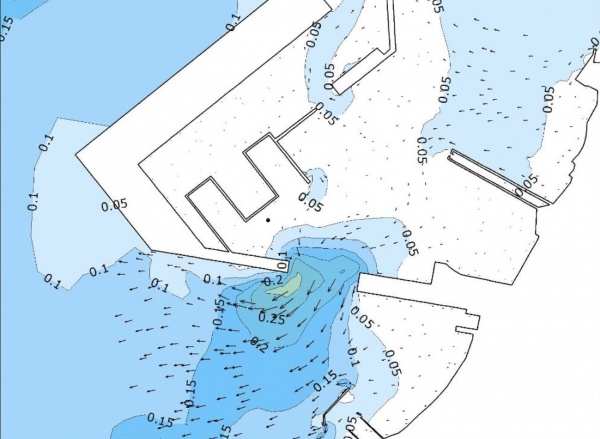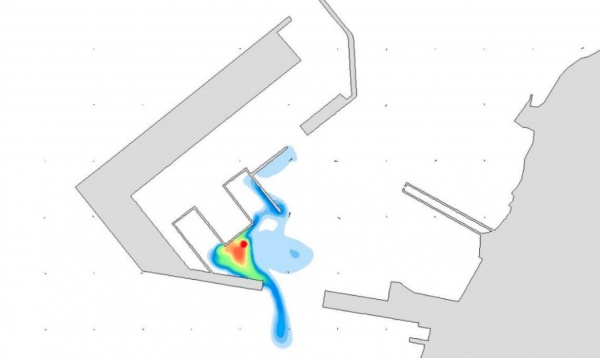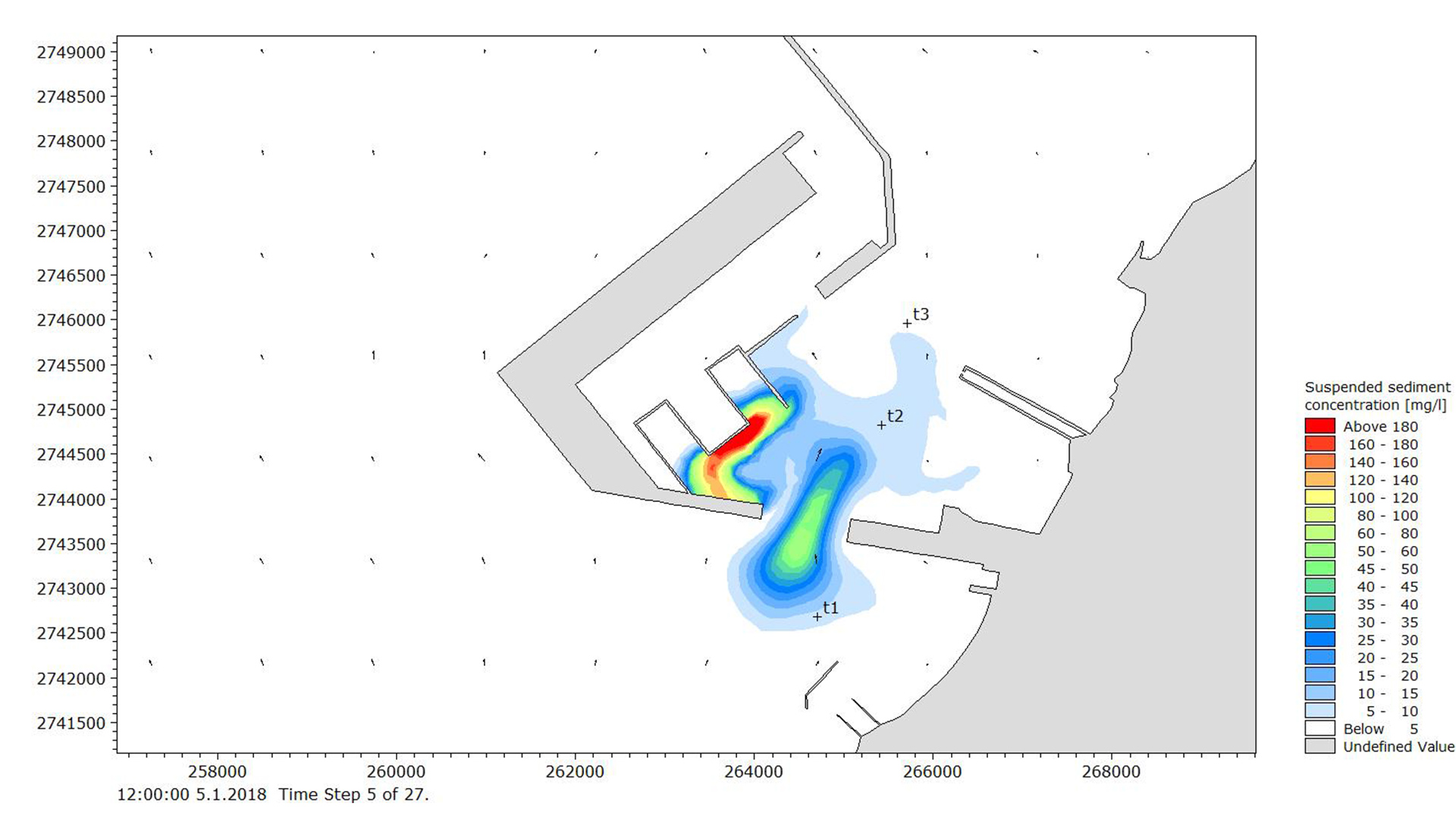KHALIFA PORT EXPANSION PROJECT

Dredging Works
The dredged material obtained from the designated offshore borrow area will be carried to the reclamation site to be dumped via piping.
Dredging activities will be carried out using a Trailing Suction Hopper Dredger with a 40,000 m3 capacity. Approximately 5 million m3 of material is expected to be dredged during the operations. The dredging operations are planned to be carried out over 200 days, with the daily production rate is expected to be 25,000 m3.
Our Work Scope
All the modeling works were carried out by ARTI Proje utilizing the state-of-art numerical modeling software MIKE21 of DHI.
The main objectives of the study were preparing a hydrodynamic model of the borrow and reclamation areas, determining the current regime, carrying out simulations of plume dispersion from dredging activities, determining the spatial variation of suspended sedimentation during these activities, and assessing resulting turbidity levels with the pre-set allowable limits.
The expansion of Khalifa Port is a key factor to Abu Dhabi Ports' role in the economic expansion and diversification of Abu Dhabi Economic Vision 2030. Since the first launching operation in 2012, Khalifa Port is continuously achieving significant growth in cargo volume and reaching full occupation of yard and berth. With the trend of growth in ship sizes, it is expected that the existing infrastructure of Khalifa Port currently at the service of its customers should also meet the rising demands of the shipping and port industry.
Client: Blue Sea Consultants Est.
Contractor: National Marine Dredging Company (NMDC)

Turbidity Criteria and Control Points
The Contractor (NMDC) will continuously monitor the turbidity levels during the operations. There are various sensitive receivers identified around the project area such as Ras Ghanada Coral Reef, EGA Seawater Intake, and Al Taweelah Power Station Seawater Intake, concerning suspended sedimentation and deposition levels.
Any increase in turbidity above the ambient levels at these locations is to be strictly prevented.
Hydrodynamic model
A modeling methodology starting from the large scale was adopted and the whole gulf area was modeled accordingly to capture the finer details of the vicinity of the project site. To the end of an accurate simulation, this cascaded approach provided the engineers both with speed and control. All the model works were carried out in-house by ARTI Proje.
